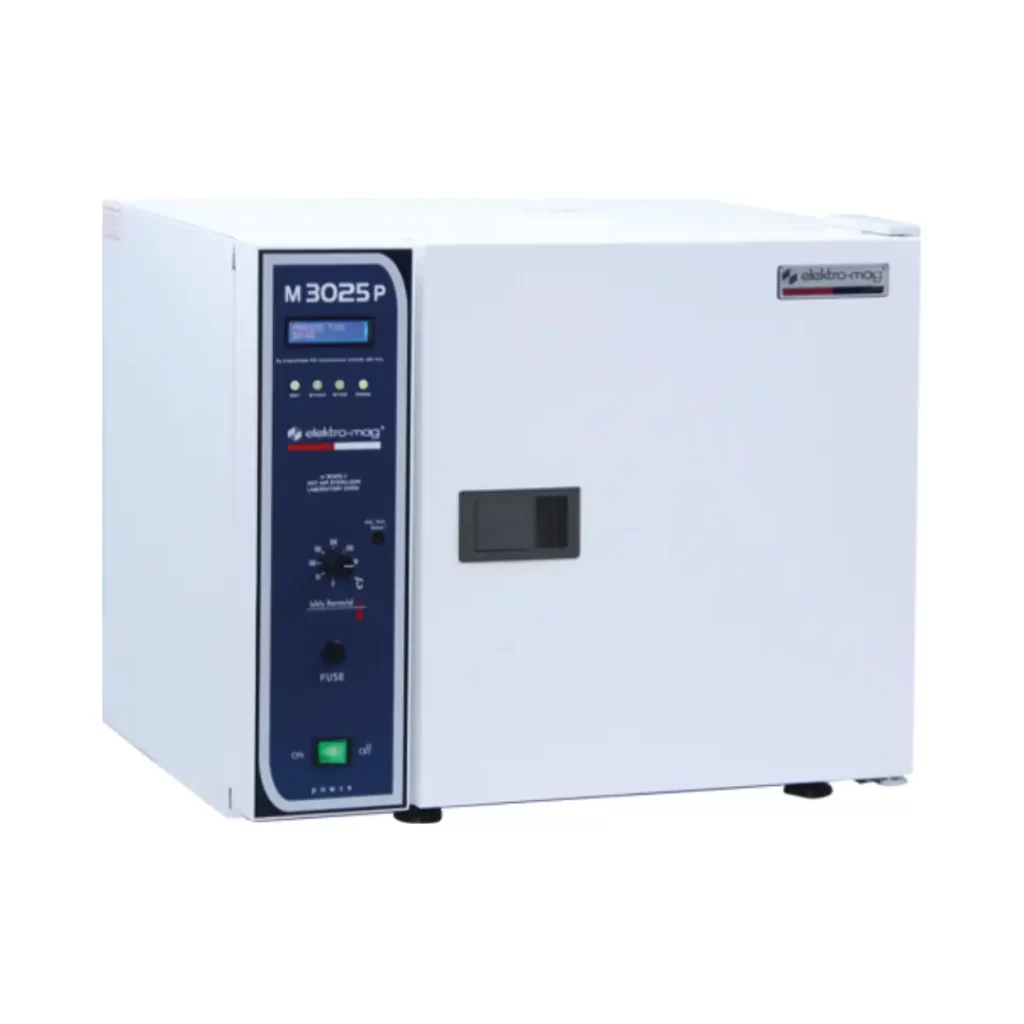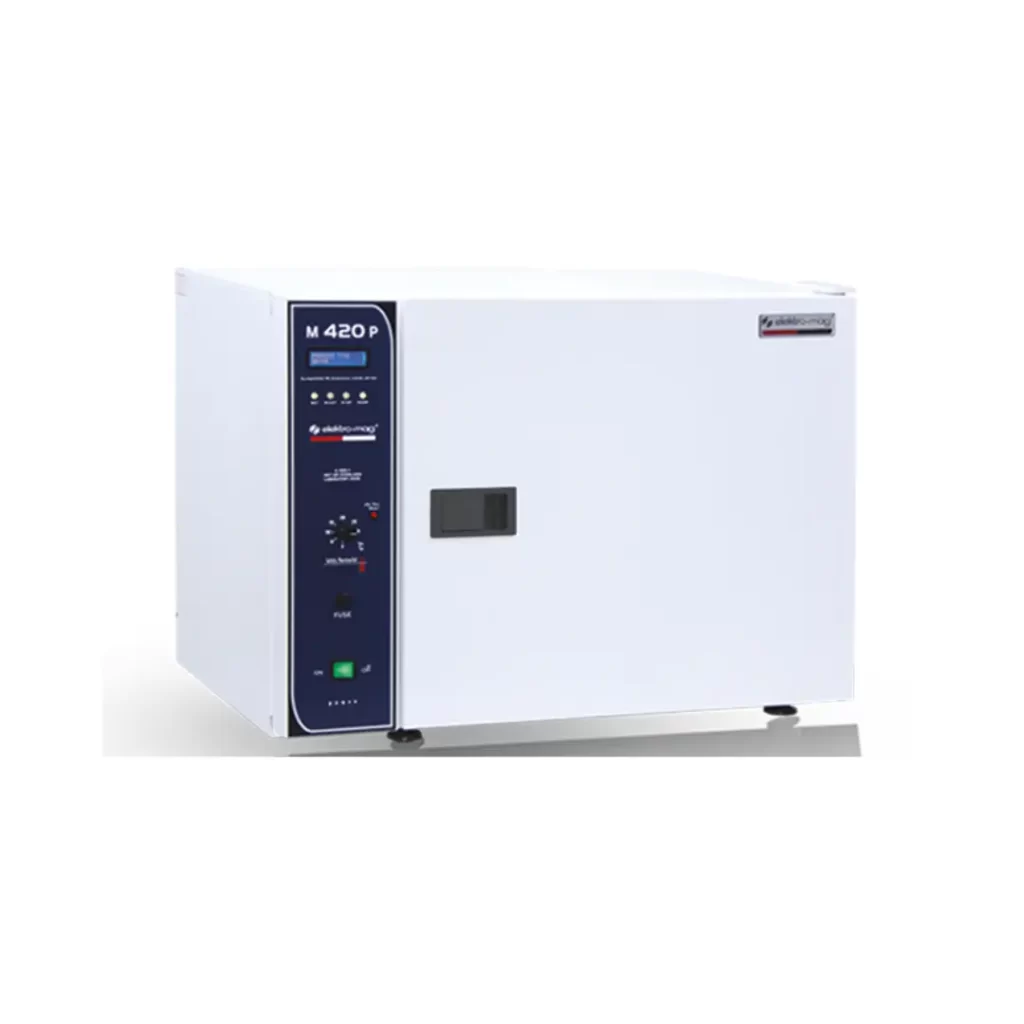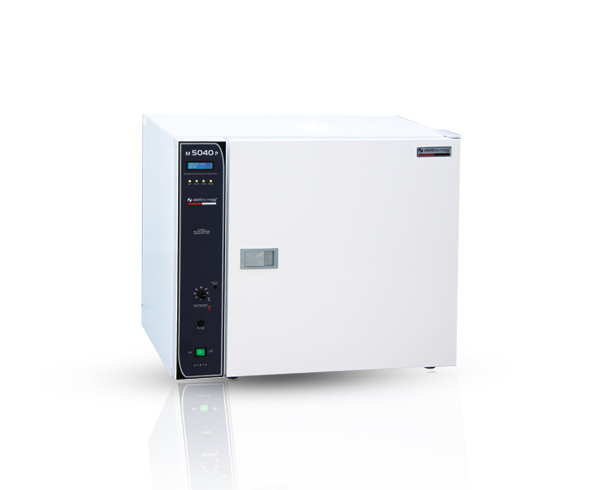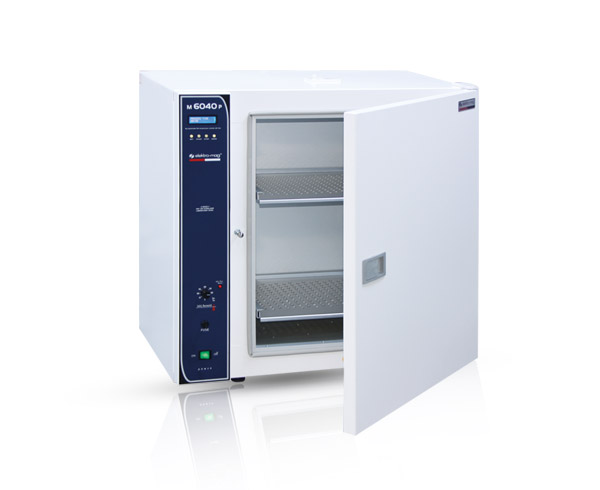Sterilization stands as a cornerstone in numerous sectors, most notably within the medical, pharmaceutical, and research fields. Its paramount importance lies in the prevention of contamination, ensuring the safety of both processes and end-users . Among the various sterilization methods available, hot air sterilizers have long been recognized for their reliability in employing dry heat to achieve this critical outcome . This method, with its roots tracing back to the pioneering work of Louis Pasteur, offers a time-tested approach to eliminating harmful microorganisms . While hot air sterilizers come in different designs and utilize various materials, this guide will focus specifically on those featuring aluminum chambers, exploring their working principles, advantages, disadvantages, and optimal applications.
Devamını oku
The fundamental principle behind hot air sterilization is heat conduction. These sterilizers function by subjecting materials to high temperatures for an extended duration, typically ranging from 150 to 170 degrees Celsius for 1.5 to 3 hours. This prolonged exposure to dry heat leads to the destruction of microorganisms through two primary mechanisms: the oxidation of essential cellular components and the denaturation of vital proteins. Hot air sterilizers are broadly categorized into two main types based on their air circulation method: static-air and forced-air models. Static-air sterilizers, also known as oven-type sterilizers, operate based on the principle of gravity convection. A heating coil located at the bottom of the chamber heats the air, causing it to rise. This hot air then gradually drifts downwards, coming into contact with the items being sterilized. However, this method tends to be slower in heating and achieving the desired sterilization temperature, and the temperature distribution within the chamber can be inconsistent due to the lack of active air circulation . On the other hand, forced-air sterilizers utilize a fan to actively circulate the hot air throughout the chamber, ensuring a more uniform and consistent temperature distribution. This active circulation allows for a more rapid transfer of heat energy to the objects, leading to faster heating and sterilization cycles. The consistent temperature throughout the chamber in forced-air models is often preferred for delivering a homogenous heat load, making them generally more effective than their static-air counterparts. The removal of moisture from the air within the chamber is also crucial in dry heat sterilization, as moisture can interfere with the protein denaturation process necessary for killing microorganisms.
The material chosen for the construction of a hot air sterilizer chamber plays a significant role in its performance and suitability for different applications. While stainless steel is a common choice, aluminum is also utilized for both the chamber itself and the internal trays. Aluminum offers several compelling advantages in this context. Its lightweight nature makes sterilizers with aluminum chambers easier to handle and potentially more portable, which can be particularly beneficial in smaller clinics or mobile healthcare settings. Furthermore, aluminum exhibits excellent thermal conductivity. This property allows for efficient and even distribution of heat throughout the sterilization chamber, contributing to consistent sterilization results. From a cost perspective, aluminum is generally more affordable than stainless steel, making sterilizers with aluminum chambers a potentially more budget-friendly option for facilities with limited financial resources. Another notable benefit of aluminum is its inherent resistance to rust. While dry heat sterilization involves minimal moisture compared to steam-based methods, this rust-proof characteristic can still contribute to the longevity and maintainability of the sterilizer, especially in environments with potential humidity. Additionally, aluminum is a malleable material that is relatively easy to work with, allowing for customization in the design and manufacturing of sterilizer chambers and components.
However, it is important to acknowledge the potential drawbacks associated with using aluminum in hot air sterilizer chambers. Compared to stainless steel, aluminum has a lower heat tolerance. It begins to soften at temperatures around 400 degrees Celsius (750 degrees Fahrenheit) and melts at approximately 660 degrees Celsius (1220 degrees Fahrenheit). While these temperatures are generally above the typical operating range of most hot air sterilizers used for routine sterilization (160-180°C), it is a factor to consider for applications that might involve higher temperatures or potential temperature excursions. Aluminum can also be susceptible to corrosion when exposed to highly acidic or basic substances. Therefore, careful consideration of cleaning agents and potential chemical exposure is necessary to maintain the integrity of an aluminum chamber. Moreover, aluminum is a softer and potentially more porous material than stainless steel. In demanding applications with frequent use and stringent cleaning requirements, this might impact the long-term cleanability and durability of the chamber compared to the non-porous surface of stainless steel. While less directly relevant to the chamber in dry heat sterilization, it’s worth noting that anodized aluminum coatings can become dull when exposed to certain chemical sterilants. When comparing aluminum to stainless steel for sterilizer chambers, stainless steel is often favored for its superior strength, higher heat resistance, and generally better suitability for demanding medical environments where durability and ease of rigorous cleaning are paramount.
To provide a clear comparison, the following table summarizes the key differences between aluminum and stainless steel in the context of hot air sterilizer chambers:
| Feature | Aluminum Chamber Hot Air Sterilizer | Stainless Steel Chamber Hot Air Sterilizer |
| Weight | Lighter | Heavier |
| Cost | Generally Lower | Generally Higher |
| Thermal Conductivity | Excellent | Good |
| Corrosion Resistance | Good (if coated/anodized) | Superior |
| Heat Tolerance | Moderate (softens around 400°C) | High (melting point around 1400°C) |
| Durability | Good | Excellent |
| Cleanability | Easier to work with, potentially more porous | Easy to clean, non-porous surface |
| Rust Resistance | Rust-proof | Rust-resistant (but can rust under certain conditions) |
Aluminum chamber hot air sterilizers find valuable applications in various settings. They are particularly well-suited for sterilizing materials that can withstand high temperatures and are not adversely affected by dry heat, including metals, glassware, powders, anhydrous oils, and paper-wrapped items. In laboratories, these sterilizers are commonly used for the sterilization of glassware such as Petri dishes, flasks, pipettes, and test tubes. They are also effective for sterilizing metal instruments like scalpels, scissors, and forceps. Additionally, aluminum chamber sterilizers are suitable for sterilizing heat-stable powders and non-volatile chemical compounds, as well as anhydrous oils and fats, for which moist heat sterilization methods are not ideal. Due to their lightweight nature and potentially lower cost, these sterilizers are often employed in smaller clinics, mobile healthcare units, and temporary field hospitals where portability and budget considerations are important. Research laboratories in fields such as biology, chemistry, and material science also utilize aluminum chamber hot air sterilizers for various sterilization needs. Furthermore, certain medical devices that are heat-resistant but do not require the extreme durability and high-temperature resistance offered by stainless steel chambers can be effectively sterilized using aluminum chamber hot air sterilizers.
Hot air sterilization, in general, offers several advantages. It is a cost-effective method of sterilization with relatively low operating costs. Unlike steam-based methods like autoclaving, hot air sterilization does not require water, making it suitable for materials that might be damaged by moisture or prone to rusting. The dry heat is also non-corrosive to metals. Compared to autoclaves, hot air sterilizers generally require less maintenance due to their simpler design, which does not involve complex steam generation and pressure regulation systems. However, hot air sterilization also has certain limitations. It typically requires longer sterilization cycles compared to autoclaves due to the slower penetration of dry heat. In static-air models, temperature inconsistencies within the chamber can be a concern, which is an important factor to consider for aluminum chambers as well to ensure uniform sterilization. Hot air sterilizers are not suitable for heat-sensitive materials such as most plastics and rubber, as the high temperatures can cause them to melt or degrade. Additionally, dry heat has a lower heat capacity compared to moist heat, making it less effective at killing certain highly heat-resistant microorganisms like some bacterial spores and prions.
When choosing a sterilization method, a key consideration is the comparison between hot air sterilizers and autoclaves. Autoclaves utilize moist heat in the form of steam under pressure to achieve sterilization. This method allows for sterilization at lower temperatures (around 121°C) and significantly shorter sterilization times (15-30 minutes) compared to hot air sterilizers. Autoclaves are also more versatile in terms of the materials they can sterilize, including a broader range of heat-resistant plastics, fabrics, and liquids, due to the enhanced penetration of steam. While hot air sterilizers excel with dry, heat-resistant materials, autoclaves are the preferred choice for surgical instruments, culture media, and liquids commonly used in medical and laboratory settings. Although autoclaves offer faster sterilization cycles, they tend to have higher upfront costs and require more maintenance due to the complexity of their steam generation and pressure systems. Hot air sterilizers, with their simpler design, generally have lower operational costs and easier maintenance. It is also worth noting that other sterilization methods exist, such as chemical sterilization and radiation, which are used for specific applications and materials that may not be suitable for either hot air or steam sterilization. Hot air sterilization remains a valuable physical method, particularly for sterilizing dry, heat-stable, and moisture-sensitive items.
To ensure the longevity and effective sterilization capabilities of an aluminum chamber hot air sterilizer, proper maintenance and adherence to best practices are essential. It is crucial to always follow the specific guidelines provided by the manufacturer for the particular model being used 20. Key maintenance tips include regular cleaning of the interior chamber after each use to remove any potential residue that could interfere with the sterilization process. Ensuring proper ventilation around the sterilizer is also important to prevent overheating and extend the lifespan of the equipment. Regular checks of the sterilizer’s temperature accuracy and calibration, if necessary, are vital for confirming that the required sterilization temperatures are being reached and maintained. When loading the sterilizer, it is important to avoid overloading and to ensure that there is adequate spacing between items to allow for proper circulation of the hot air. The internal trays and shelves, which are often made of aluminum, should be periodically cleaned. When cleaning the aluminum chamber and components, it is advisable to use gentle cleaning agents and avoid abrasive materials or harsh chemicals that could potentially damage the aluminum surface or lead to corrosion. Regular inspection of the heating elements and other components for any signs of wear or damage is also a good practice. Maintaining a log of sterilization cycles and any maintenance activities can be helpful for tracking performance and troubleshooting any potential issues. After the sterilization cycle is complete, it is important to allow the sterilizer to cool down sufficiently before opening the door to avoid burns. When removing sterilized items, heat-resistant gloves should always be used to prevent injury.
The market for sterilization equipment is currently experiencing growth, driven by increasing healthcare needs, a rise in surgical procedures, and the implementation of stricter infection control regulations across various sectors. Heat sterilizers, including both hot air sterilizers and autoclaves, are anticipated to be a significant segment within this market due to their effectiveness in eliminating microorganisms without the use of chemicals. Factors such as the increased awareness of infection control measures following events like the COVID-19 pandemic have further contributed to the demand for reliable sterilization solutions.
In conclusion, aluminum chamber hot air sterilizers offer a practical and effective solution for specific sterilization needs. Their lightweight design and good thermal conductivity can be advantageous in certain settings, and their potential cost-effectiveness makes them an attractive option for budget-conscious facilities. The rust-proof nature of aluminum also contributes to the longevity of the equipment. However, it is important to consider the lower heat tolerance of aluminum compared to stainless steel and its potential susceptibility to corrosion under certain chemical conditions. Aluminum chamber hot air sterilizers are particularly well-suited for sterilizing dry, heat-stable materials such as glassware, metal instruments, powders, and oils in laboratories, smaller clinics, and mobile healthcare units. When choosing a sterilization method, it is crucial to carefully evaluate the specific requirements of the application, considering the types of materials to be sterilized, the desired cycle times, and the necessary level of microbial inactivation. For facilities and applications where the specific advantages of aluminum chambers align with their needs, these hot air sterilizers provide a reliable and time-tested method for achieving effective sterilization.




